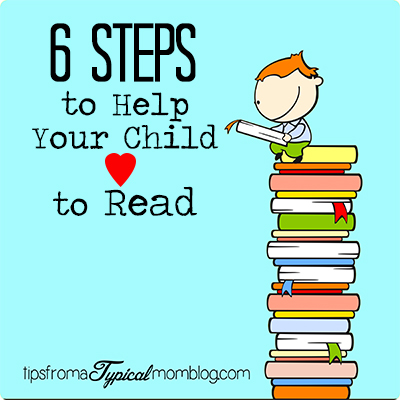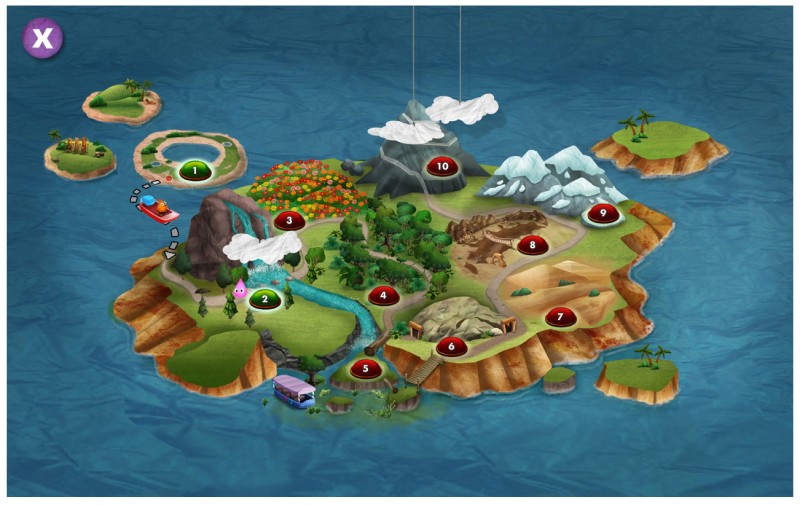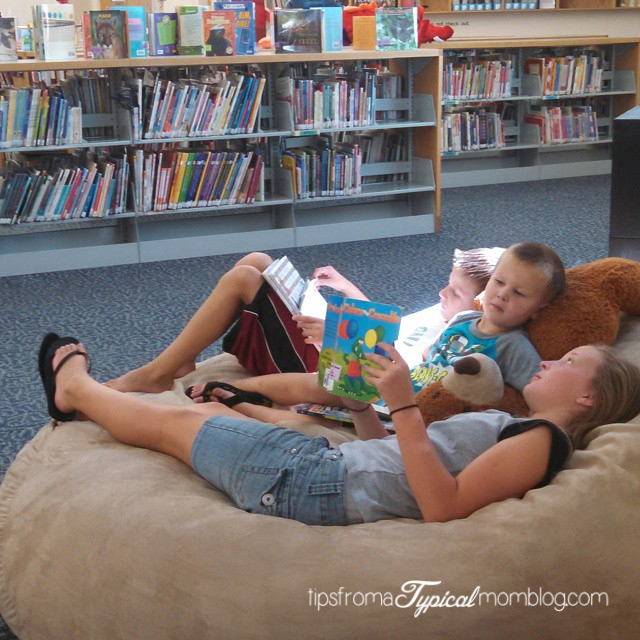“I participated in an Influencer Activation on behalf of Influence Central for Rosetta Stone. I received a product and a promotional item to thank me for participating.”
I have 5 kids. Each one is different. Each one has different interests. This can be a struggle for mom’s. Especially when it comes to school. Each one of my kids excels in certain classes. My oldest loves to read and is in Honors English, he also loves science and wood shop. He will read just about anything. My second loves everything creative and used to love math (until the school changed it’s curriculum, but that’s another story). My third also loves everything creative. She is an artist, athlete and a friend to everyone. My fourth really loved math (again until the curriculum changed) now he loves to read as long as we can find a book that interests him.

I’ve learned a few tricks to help my children who don’t love reading, learn to love to read. Some of them are common sense, but you’d be surprised how many parents don’t do these things for their children, and they wonder why their child doesn’t like to read.
Did you know that more than 47% of U.S. children are below grade-level reading? As a preschool teacher, I know how important it is to start a child off right. This is when they will learn that reading is fun. That it can take them away to far off places and they can meet magical creatures. My preschoolers love story time. I think it’s definitely their favorite part of our preschool class. So we will start off with tip number 1 and 2.
1. Read to your child. EVERY DAY. From birth all the way up to age 8 or older. Even if they can read themselves. It helps them learn how to read with expression and ad pauses. If possible, read to them more than once a day. Stock their book shelves with books that interest them. If your child loves Spiderman, buy some Spiderman books. If they love animals, buy animal books. Or better yet, go to the library. It doesn’t have to cost a lot to love to read. Just do it! Set a time every day that you will read to your child. We start getting ready for bed at 8 so we can have time to say family prayer, read scriptures together then read books until bed time at 9. This works really well for our family.
2. Find online games or software that help your child with the first steps to reading. Things to look for for preschoolers? Learning to rhyme, match letters, learn letters, listen to a story and re-tell it, etc. My favorite online software is Rosetta Stone for kids. Did you know they had a program for kids? Well they do, and it’s awesome. My son loves to play their games with me. Rosetta Kids Reading is designed to help children ages 3-7 get a jump-start on their education by developing core literacy skills in an engaging and effective way.

Rosetta Stone partnered with literacy experts at Lexia Learning to create the Kids Reading Program. I love using technology as a part of my child’s learning because the world is headed that way. These days if they don’t know how to use a mouse or a keyboard by the time they are 5, they are already behind. Our favorite part of the Rosetta Kids Reading is the rhyming game and the story telling. We work on it about 10-15 minutes a day. You can download a free demo of the Rosetta Kids Reading here. It’s so cute. It is set on an Island and you can hop around from place to place and play a bunch of different learning games and levels. There are so many! It will take us a while to get to all of them.


3. Ask questions about the story when you are reading or when your child has just read. This will help your child learn to comprehend what they have read. My fourth child has a hard time with this sometimes. He reads a story, then doesn’t even have a clue about what he’s read. That’s when I ask him to read it again out loud, then as he is going along, I stop him every once and a while and ask him questions about what he just read. Then he learns to scan the story for answers too, just in case he wasn’t paying attention.
4. Teach your child phonics. Don’t just teach them the names of the letters, teach them all the sounds the letters make. We have a song we sing for our preschoolers that does just this. “What does the B say? Bu-Bu-Bu.” This way when they start learning to read they see sounds, not just the names of letters. Learning Phonics will help them be better spellers also.
5. Take your child to the library often. Let them choose books that interest them. THIS IS THE MOST IMPORTANT STEP in my opinion. If your child doesn’t have a book that is interesting to him, he will hate it, and he will not want to read. Once you find a genre that your child likes, get more books like those for them to read. My daughter didn’t like to read very much until we found a series of books that she liked. Then she wouldn’t even get out of the car at the store because she wanted to keep reading. Ask your child’s teacher for a list of books that are age appropriate for your child. This list helps out a lot over the Summer when the kids have a lot of free time on their hands. My kids really love just hanging out at our local library reading books to the little one.

6. Be a good example. This is one I need to improve on. I really don’t have time to read. I have 3 jobs and a big family. Not to mention a demanding church calling. If you are reading, your child will know that reading is important and can be fun and interesting. I’ll do better, I promise. Let me know your favorite books in the comments and I’ll read them. I promise 🙂
I have a fun chart to track your childs reading too. You can reward them for how many books or pages they read. Bribing always works as a last resort, right?


My son just started reading! He is 2. It was rough at first, but we finally got through it. He is doing wonderfully now. I had searched and searched for a program that would help him learn. I had finally come upon this new one a lot of moms swore by. I’ll leave the link. Check it out and see what you think. https://bit.ly/2J2t2h2